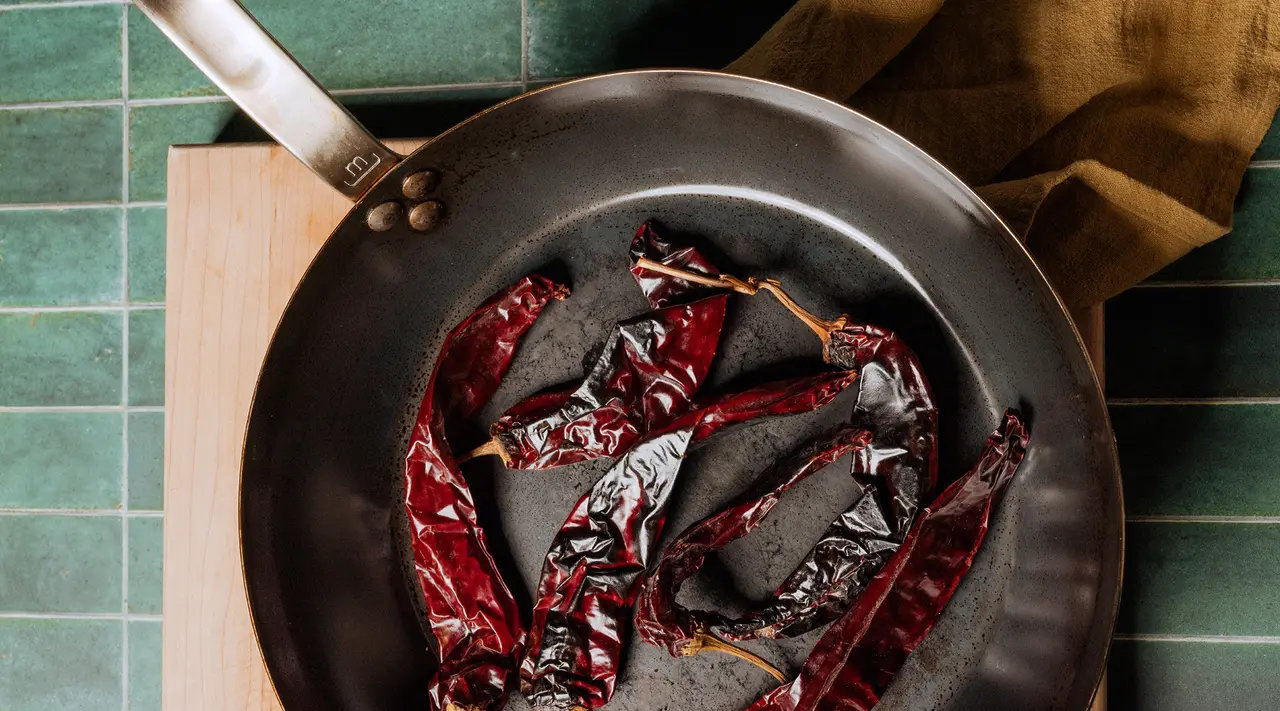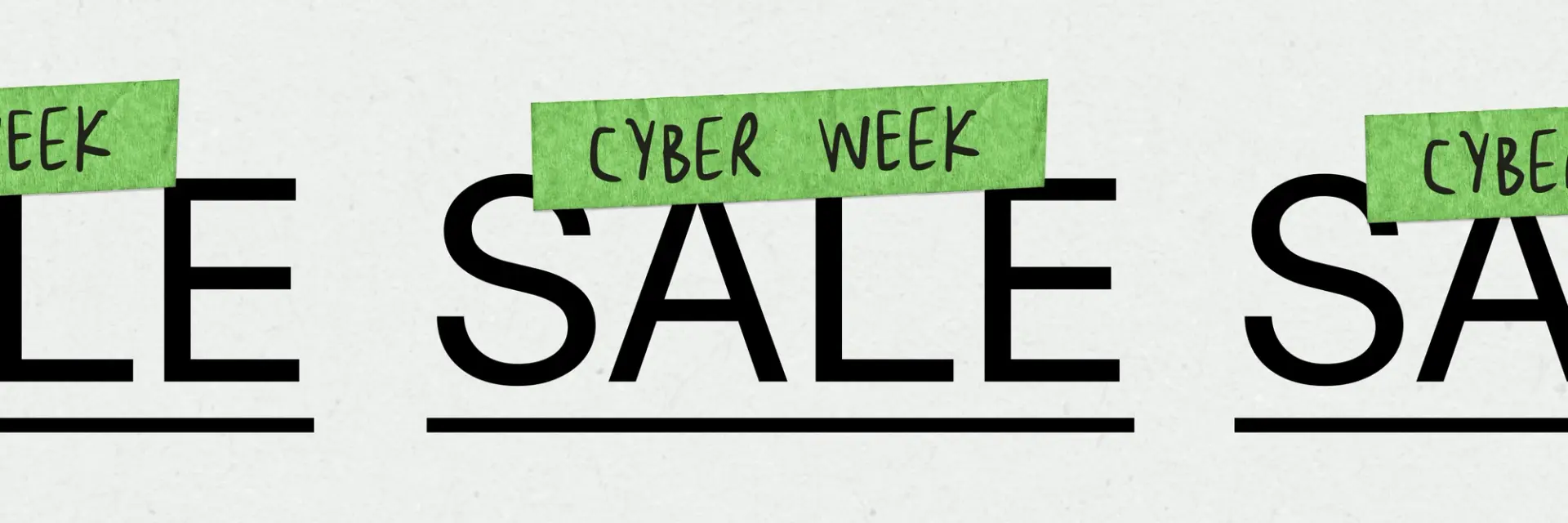Whether you're using them to build out a marinade (did someone say birria?), crafting a quick homemade hot sauce, or trying to add a little kick to your next batch of brownies, dried chiles will unlock an unbelievable amount of flavor.
But you have to know how to use them properly. While the formula may seem simple (chile + dish = hot) knowing how to bring out their nuances couldn’t be more essential. To get the technique exactly right, we spoke with Chef Edgar Rico of Nixta Taqueria.
Get Your Pan Nice and Hot
When you’re going to toast chiles, make sure you grab the right pan. “I really like Carbon Steel for this,” Chef Rico says. “It can get so hot, unlike non stick, and retains that heat really well. It’s the perfect place to get toasting.”
Chef Rico cranks up the heat and let the pan get as hot as possible. He doesn’t add oil, just the chiles to the screaming hot pan. The next step however, might be the most essential.
Press Your Chiles Down
In the past, whenever I toasted chiles, I just kind of let them flop around in the pan. This isn’t wrong, but it won’t yield the results you’re really looking for.
“I put the bottom of a bowl onto them and press them into the pan,” Chef Rico says. As he does, smoke starts to rise from the pan. It’s flavorful smoke, smoke that, standing there, I realize is going to be a game-changer later on.
“What you’re doing is getting every part of the chile toasted,” Chef Rico says, “that’s going to release so much more flavor and it’s really going to help bring your dish to life.”
While Chef Rico uses the bottom of a bowl, you can really use anything–a burger press would work, or even a side plate. Just remember to keep your hands away from the pan.
Remove the Stem and Seeds
The next thing you want to do when cooking with dried chiles is remove the stem and seeds. Let them cool for a moment before handling them, then use a knife to slice off the stem and deseed. “If you leave those things on, you’ll end up with a very fibrous texture,” Chef Rico says, “and you don’t want that.”
Time to Soak
“Soaking your chiles is going to help reconstitute them and make their flavor more prevalent in the dish,” Chef Ricos says. After deseeding, just place them in a bowl with warm water. The chiles will darken the water (and make it spicy). Make sure you reserve it as you'll use some of that later.
Puree
While some recipes call for chopped dried chiles, many times, you’ll probably end up needing one more step. You can either grind them up in a molcajete, or puree them in a blender with some of that soaking water (or you can use regular water or stock, too). You can also add seasoning in the form of garlic and salt to round out your chile paste.
Now, you’re ready to make hot sauce, carne asada, soups, stews, and plenty more.
























